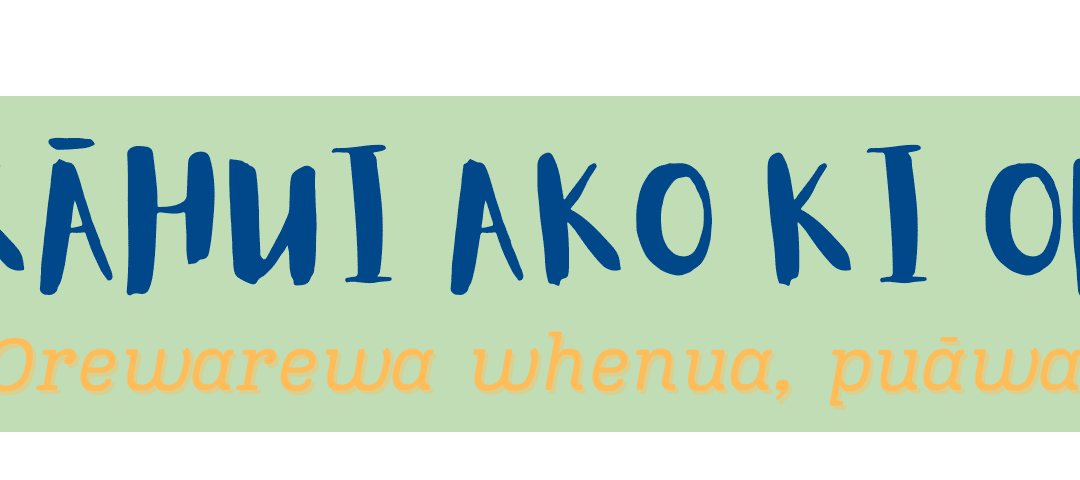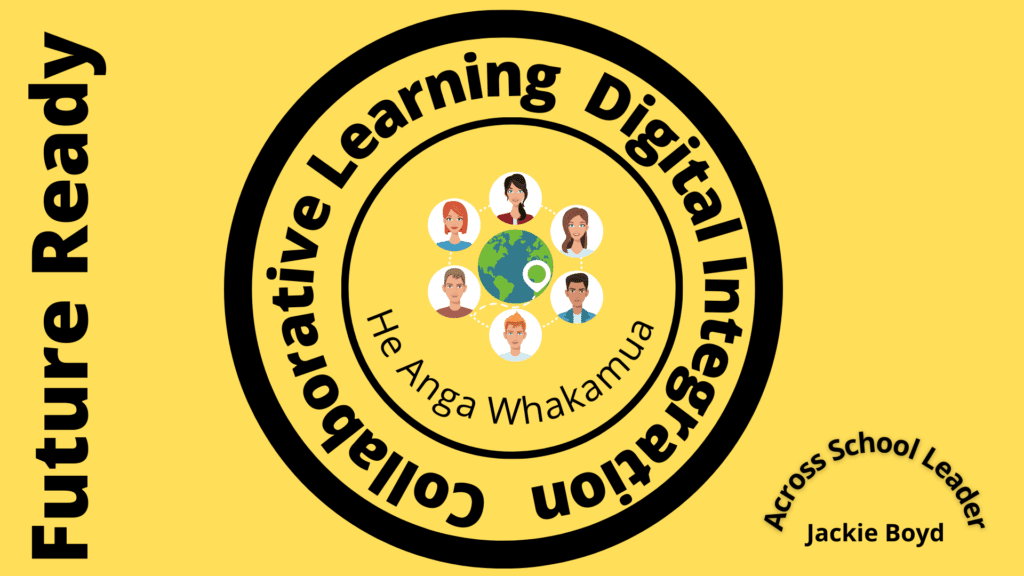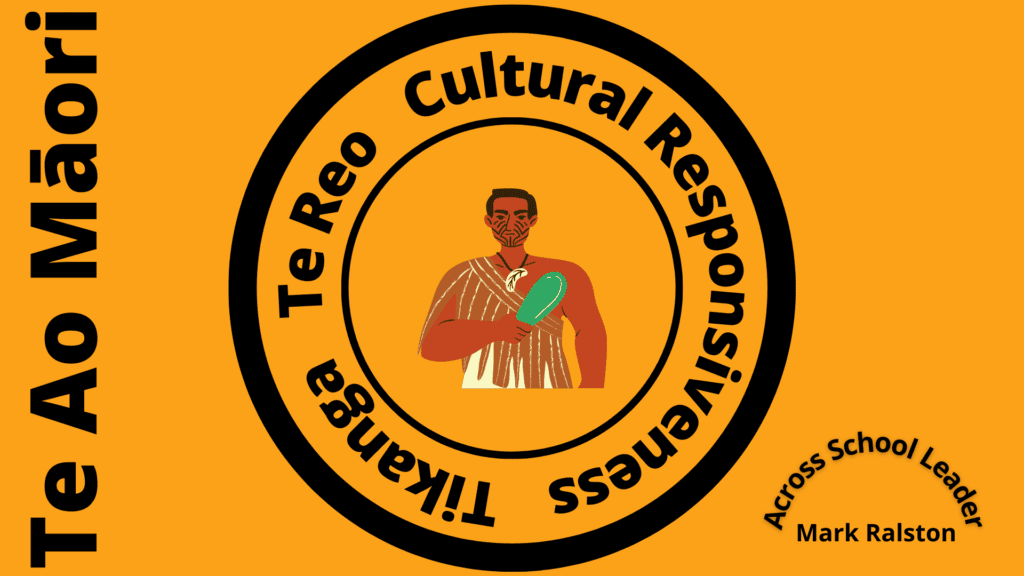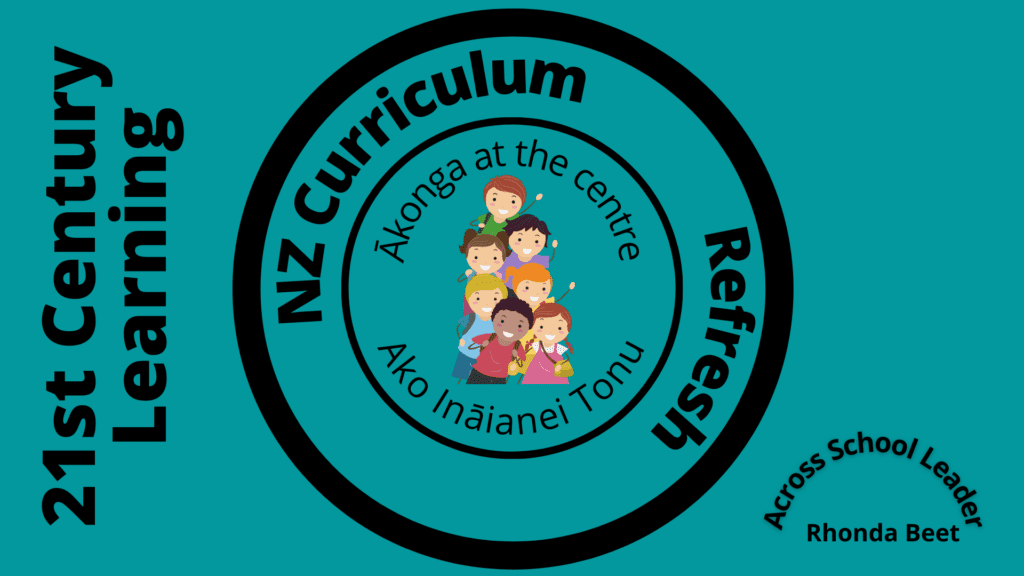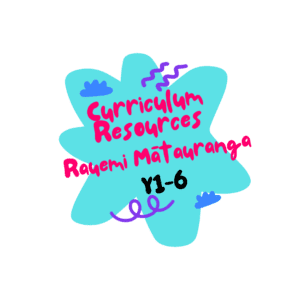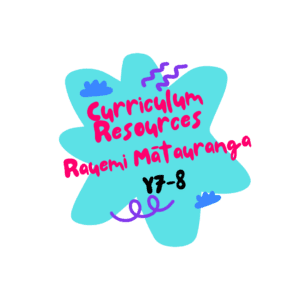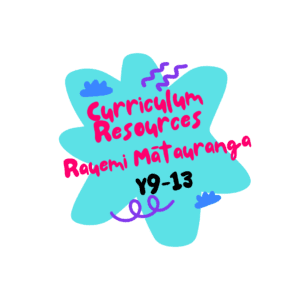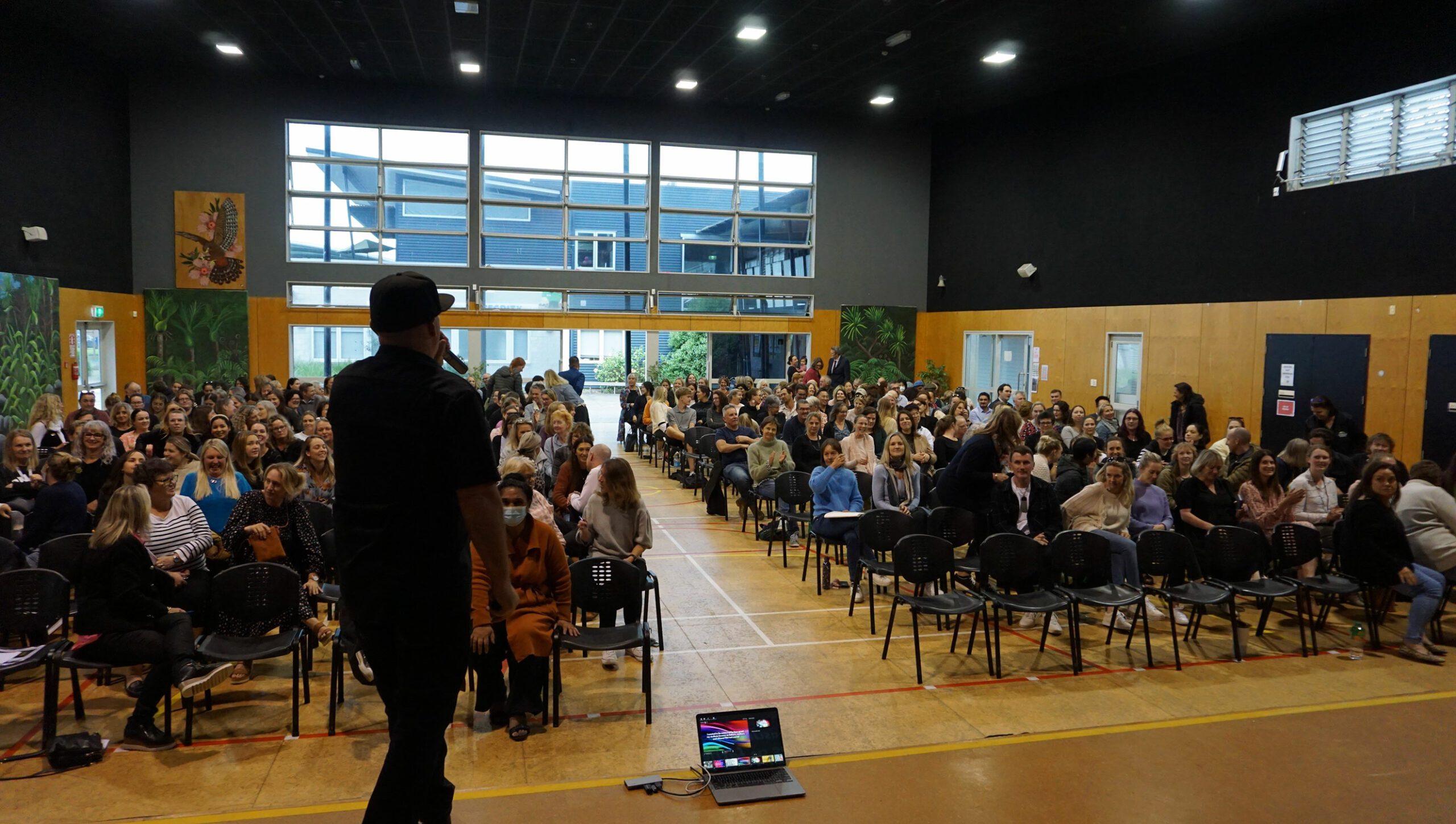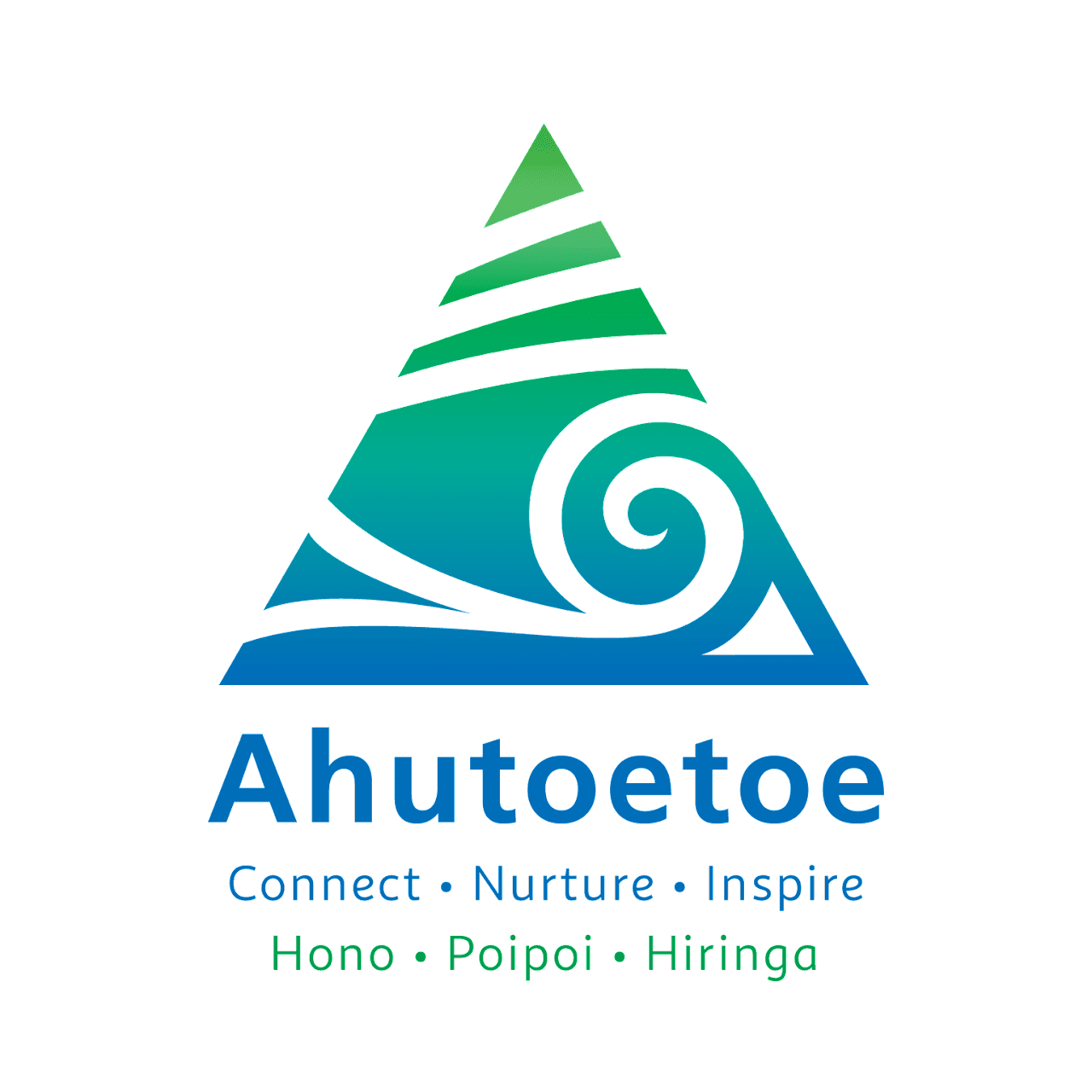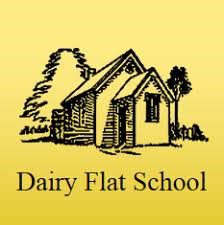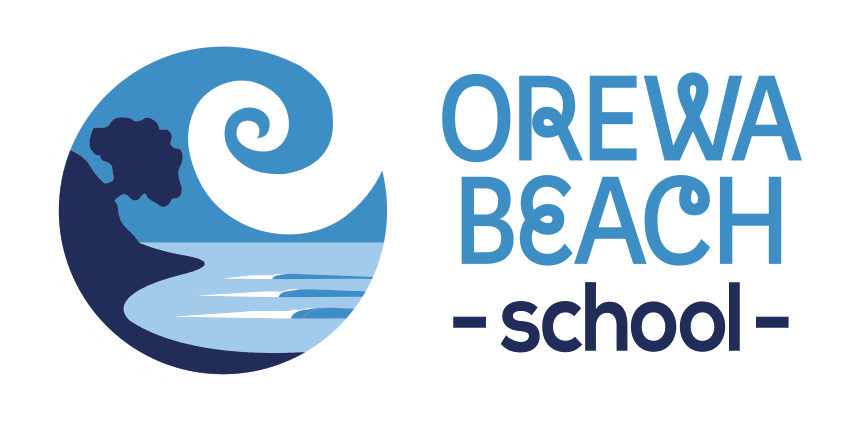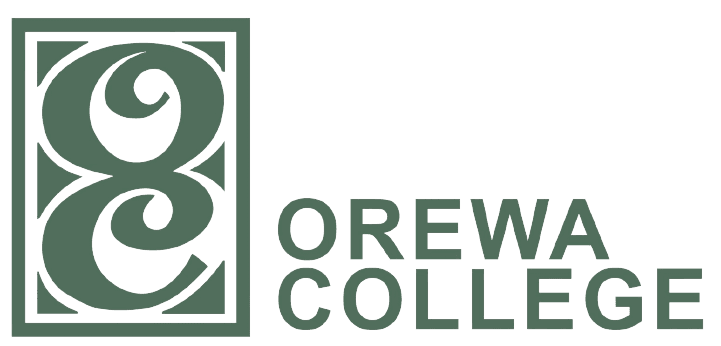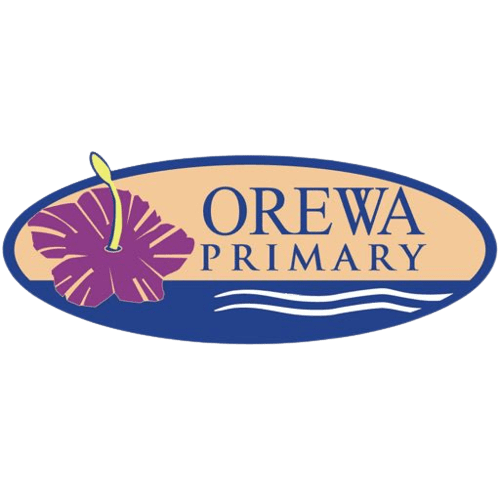Competition – Each week we will have a competition. One lucky winner will receive a $20 Millie’s Coffee voucher! It’s simple, just email your answer to [email protected]
Congratulations to Linda Rubens this week’s winner!
This Week’s Voucher Entry can be made by submitting your feedback about our Kāhui Ako ki Orewa Newsletter. Click on the link below to submit your feedback.
Have something to share? Get in contact with one of our Across School Leaders – we would love to hear from you!
[email protected] Te Ao Māori
[email protected] Hauora
[email protected] Future Ready
[email protected] 21st Century Learning
[email protected] Structured Literacy
Understanding the Three-tiered Approach to Literacy
The three-tiered model is about instruction, not students. There are no Tier 1 students, Tier 2 students and Tier 3 students, only Tier 1 instruction, Tier 2 instruction, and Tier 3 instruction.
The three-tiered model is about the prevention of reading failure. The tiers describe a system of increasingly intensive instructional supports that cause all students to reach year-level reading expectations. The tiered model provides a framework for efficiently using data to match student needs to the least intensive instruction necessary to get the maximum benefit in student outcomes.
The Tier 1 system of support represents the primary prevention of reading failure. This system involves the differentiated support provided to all students in the general classroom setting.
The Tier 2 system of support is secondary prevention of reading failure. Tier 2 supports are provided in addition to, not instead of, Tier 1 instruction, for the purpose of accelerating learning for the students who are at risk after receiving effective Tier 1 instruction.
The Tier 3 system of support is the most individualized and intensive support needed by the few students who are at risk for or are experiencing reading difficulties.
Characteristics of effective Tier 1 reading instruction:
- designed for the purpose of primary prevention of reading failure
- available to all students
- planned for a protected block of time
- aligned to research in terms of what to teach and how to teach
- highly differentiated (not always all whole group)
- designed to meet the needs of the vast majority of students – something like 80% of the students should reach the minimal year-level expectations with Tier 1 alone (no intervention)
- planned by the teacher based on screening and other data
Students who are at risk for reading failure, or who are already struggling readers, typically need more time spent on reading instruction that is more explicit, supportive and delivered in a smaller group. Intensive intervention support at Tiers 2 and 3 requires resources such as people, materials, and time. Intervention systems rest on the solid foundation of effective classroom reading instruction. By meeting the needs of the majority of students through effective Tier 1 instruction, resources can be reserved for the students who need additional and more intensive support.
Google If-Then Adventure Story
Check out this lesson on how to unleash student creativity in World Storytelling Day (from last week), March 20th! Engage your students in the Applied Digital Skills lesson – write an If-Then Adventure Story. Students collaborate with each other to create an interactive story using Google Slides.
Resource: Karakia Kai and Mihi for Ringawera/People who prepared the kai.
The team has been working on a resource that is a one stop place to help our kura implement tikanga around kai in our classrooms and staff rooms. There are audio recordings to take the fear out of giving it a go.
We all know about sitting on tables but saying karakia before eating and thanking people who have taken the time to prepare food is essential tikanga in te ao Māori and something we can all work towards ensuring is a part of our practice.
The resources include:
- Information around basic tikanga in the whare kai.
- A karakia kai that can be used throughout the day when it’s kai time or in the staffroom etc…
- A mihi for the ringa wera (Hot Hands – People who prepared the food)
- A waiata tautoko to support the speaker who delivers the mihi to the ringa wera and a koha to the cooks.
Karakia Kai and Mihi ki ngā Ringawera
Karawhiua – Give it a go!
For this newsletter, I’m shining the light on Statistics and how to use a slow reveal graph to facilitate discussions and interest with your class with your class.
What is a slow reveal graph?
It starts with a graph that has been stripped of context: its numbers, its labels, and its title, such as this one.
What do you notice? What do you wonder?
The teacher facilitates a discussion around what students notice and wonder. Students might notice that there are two graphs and wonder why? They might wonder what the orange bar represents, or why the two yellow bars are quite different sizes.
Then, another slide is revealed
What new information did we just learn? How come the graph doesn’t go to 100%? (What clues did you have?) What do you think the labels for each bar might be?
This happens with each slide until you get to the final slide, where the source of the information is revealed.
Check out Slow Reveal Graphs for different types of Slow Reveal Graphs – bar graphs, line graphs, pictographs and many more. It’s a great way to get students really analysing the data and going deeper. They also love the element of mystery involved!
Here is the link to the Slow Reveal Graph in this newsletter Like Cats and Dogs
\
Kāhui Ako Hui Dates – Term 1 2024
Thursday 28th March ASL @ Orewa Beach School
Thursday 3rd Aperira WSL @ Orewa College 3.30pm

